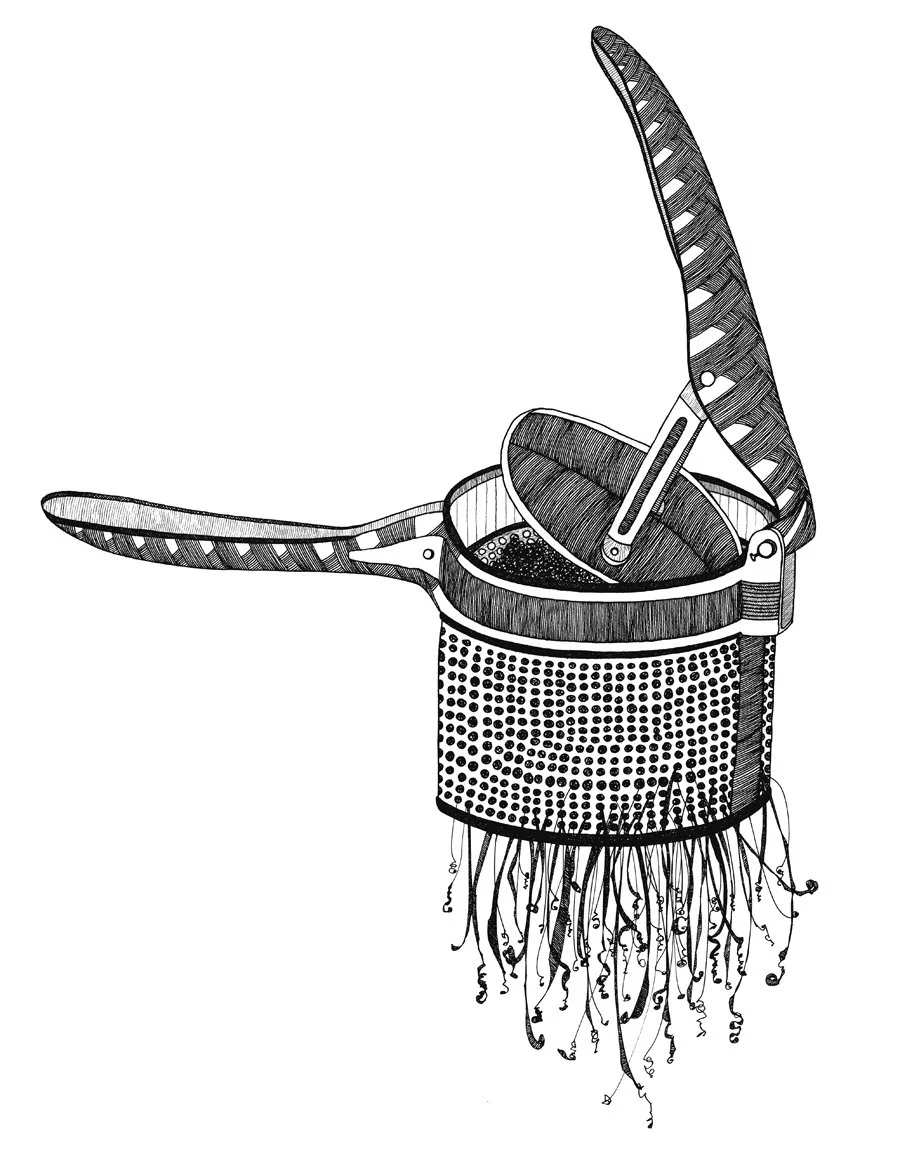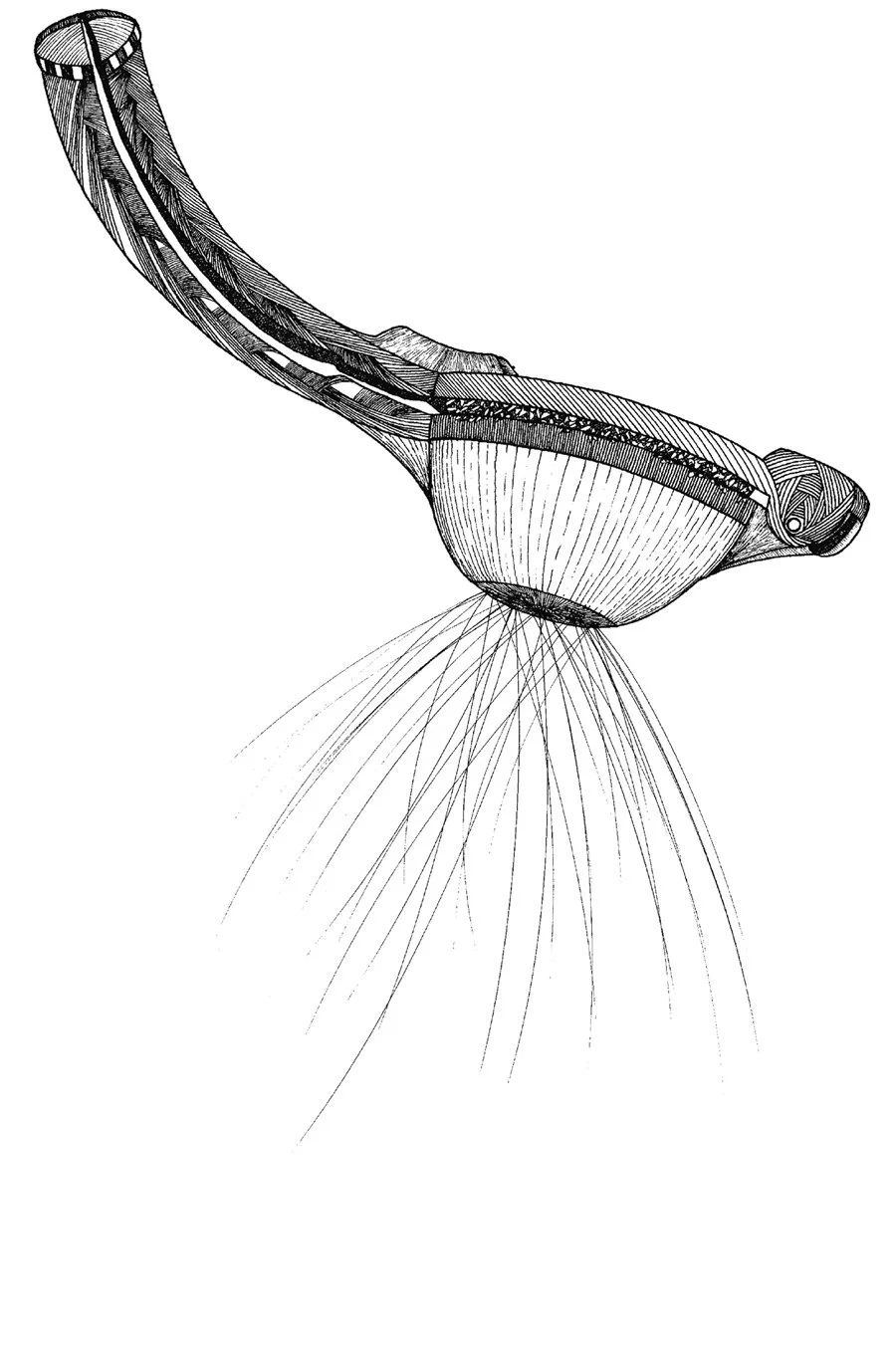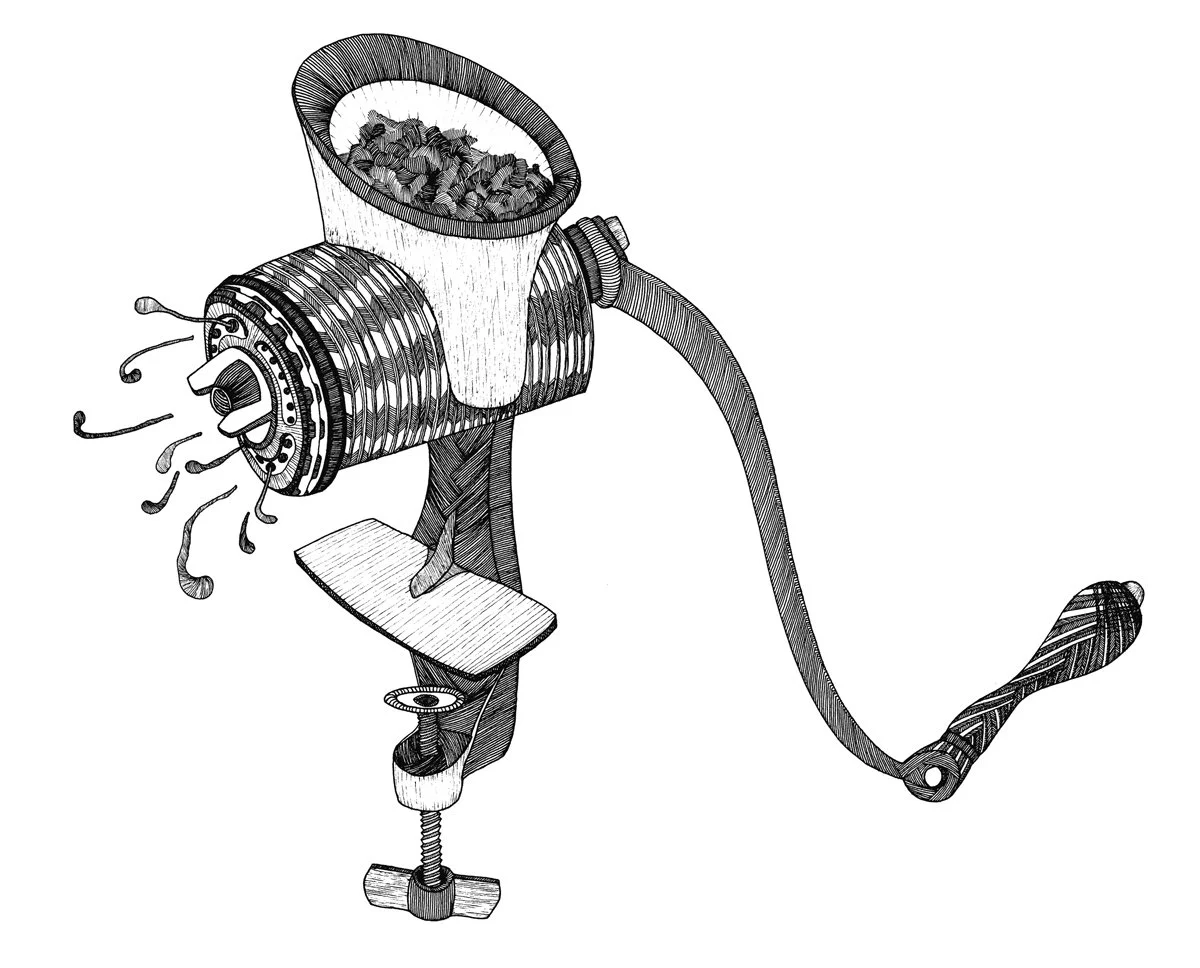
Teatro de la Cocina / Drama of the Kitchen
al comprimir / upon pressing, 21” x 15”
exprimidora / squeezer, 16” x 12”
midiendo la masa / weighing the maize, 18” x 24”
amasando la masa / rolling the maize, 20” x 16”
moladora moliendo / grinder grinding, 24” x 18”
granulando / crushing, 24” x 18”
batidora / beater, 14” x 10”
batiendo / whisking, 20” x 16”
despepitándose por / yearning for, 24” x 18”
despepitar / to core, 24” x 18”
sopes, 4min 56sec
despepitándose por / yearning for; 16 mm film, 2min 17sec
moladora molienda / grinder grinding; 16 mm film; 2min 3sec
I grew up in a bilingual home hearing, speaking, and responding to English, Spanish, and, inevitably as was my case, Spanglish. I am first generation Latina born in the United States, the daughter of Panamanian parents who are now permanently transplanted. To be bilingual is a heritage I am proud of and one of the greatest gifts I have ever known. Life, as a result, can be one of experiences of extremes on a daily basis. On the one hand, the perceived dissolution of identity, confusing for the varying codes of conduct, culture, and language required between worlds, perhaps most evidenced in those moments when I feel neither fluent nor articulate enough to express anything in English nor in Spanish. On the other (heavily weighted) hand, there are those times and spaces when I feel richly laden with vocabulary, sense of place, understanding, sentiment, and belonging. Navigation between comfortability and confusion always calls for adaptation, flexibility, and faith that these challenges equip me only in the most positive of ways.
I am deeply invested in exploring on literal and metaphoric levels the reality of language as a tool of power. I am especially invested in this as a bilingual person working, living, teaching, and creating within both English and Spanish speaking communities. My ongoing investigation of language in my art practice inspires many questions, among them: How does language allow us access into physical and psychological spaces? What are ways in which language is informative and transforming? How do the meanings of words change between contexts? How are words played with, manipulated, and combined to form new words and meanings? The constant inventiveness of Spanglish, for example, embodies these possibilities: words split and are reconstructed, verbs recreated, constructions reorganized, double meanings abound. I have begun to explore some of the intricacies of Spanglish and the attributes of English and Spanish in a series of drawings entitled El Teatro de la Cocina / Drama of the Kitchen.
My drawings of kitchen tools are metaphors for the ways in which English and Spanish are mixed to create new words, rhythms, and forms of speech. Ingredients are processed through kitchen utensils to create food in ways symbolic to how words are constructed and de/reconstructed between two languages to produce new words and meanings. Words, like foods, are spliced and diced, mixed, blended, weighed, recombined, and ultimately transformed. In language, as with image, there is much invention. I use appliances- like languages and words- to create sustenance for body and spirit on multiple planes at once physical, emotional, psychological.
For example, al comprimir / upon pressing and exprimirdora / squeezer refer to the challenging act of translating: a material enters a receptacle and emerges changed by virtue of its having passed through hundreds of holes, or filters. Likewise, exact translations between English and Spanish (or any two languages for that matter) are often lacking in sentiment, while translations that are true to the essence of a message are often not exactly literal. midiendo la masa / weighing the maize represents the weight words carry in different contexts, a skill useful in both multilingual and monolingual spheres. amasando la masa / rolling the maize speaks to the difference in general standards of beauty and effectiveness in two languages, with English often being praised when it is tight, edited, and concise while Spanish is stretched via its expansive vocabulary, known generally as a very ‘flowery’ language that inspires long and deliciously complex sentences. moledora moliendo / grinder grinding enacts through the body of a meat grinder the process of creating Spanglish verbs, formed by combining English infinitive verbs with the Spanish suffixes. To park, instead of being estacionarse becomes parkear. Seemingly infinite combinations of root words and verb endings create these hybrid action words. granulando / crushing refers to the power of the diminutive forms of speech so common in Spanish: the –itos and –itas attached to the endings of words. The pepper crusher takes a relatively large chunk of spice and pulverizes it, so as to imbue an entire dish with its flavor. Likewise, the –ito or –ita added to a word can imbue the sentiment in Spanish with much affection, or, depending on the delivery of the speech, a wide variety of emotions. batidora / beater and batiendo / whisking make jarring or swift back-and-forth actions, mixing materials that mimic the way phrases in Inglés y Español switch at times at a fast pace, cambiando one way y luego el otro to build full sentences, thoughts, and phrases reminiscent of code switching.
Finally, the corers in despepitándose por / yearning for… and despepitar / to core depict the digging for the seeds of a tomato—that is, it’s essence, the source that affords the fruit its regenerative powers. This coring represents both the physical challenge and emotional yearning involved in wanting to understand content and context across languages and cultures: to grasp meanings and words, belong to a linguistic community, to be a part of. These themes have inspired the poem “despepitándose por (yearning for) el tomate: the word.” This poem has been adapted to become the soundtrack to the film/visual poem “despepitándose por / yearning for” which seeks to animate the energy, power, desperation, frustration, love, and awe of this physical and emotional search for language(s) and meaning(s).








